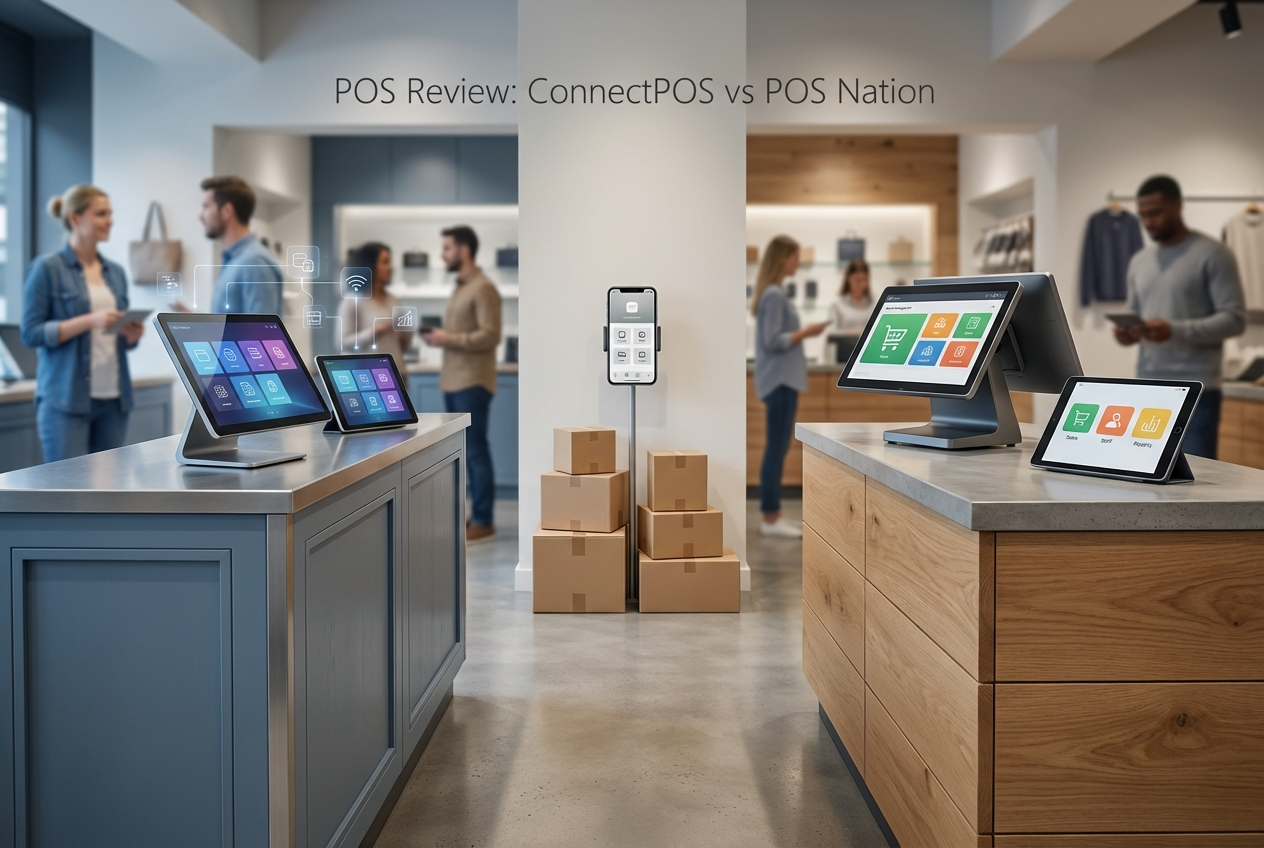What is EMV Chip Technology?
EMV chip technology is a global payment standard that uses embedded microchips in credit and debit cards to create unique transaction codes for each purchase, providing enhanced security compared to traditional magnetic stripe cards. EMV stands for Europay, Mastercard, and Visa, the companies that originally developed this secure payment technology.
Why is EMV Chip Technology Important?
EMV chip technology is crucial for fraud prevention and payment security in retail transactions. It reduces counterfeit card fraud by up to 87% by generating dynamic authentication data that cannot be replicated. For businesses, EMV compliance protects against liability for fraudulent transactions, builds customer trust, and ensures compatibility with global payment networks. This technology is essential for maintaining secure payment processing and meeting industry security standards.
Example of EMV Chip Technology
When a customer inserts their chip card into a POS terminal at a coffee shop, the EMV chip generates a unique cryptographic code for that specific $4.50 transaction. Even if hackers intercept this code, they cannot use it for future purchases because each transaction creates different authentication data. The customer enters their PIN or provides a signature, and the secure transaction is completed in seconds.
Expanded Context and Use Cases
EMV chip technology applies across all payment processing environments, from small retailers to large enterprises and e-commerce platforms. Contactless payments using NFC technology also leverage EMV standards for tap-to-pay transactions. The technology supports various authentication methods, including PIN, signature, and biometric verification.
The customer experience benefits from faster, more secure transactions, while businesses gain protection from chargeback liability. However, implementation challenges include hardware upgrades, staff training, and managing the transition from magnetic stripe systems. Omnichannel retail environments must ensure EMV compliance across all payment touchpoints, while international businesses need compatibility with different regional EMV implementations and authentication preferences.
EMV vs. Magnetic Stripe Comparison
| Feature | EMV Chip | Magnetic Stripe |
| Security Level | High (dynamic data) | Low (static data) |
| Fraud Prevention | 87% reduction | Minimal protection |
| Transaction Process | Insert and wait | Swipe quickly |
| Global Acceptance | Worldwide standard | Limited internationally |
| Counterfeit Protection | Excellent | Poor |
EMV Authentication Methods
| Method | Security Level | User Experience |
| Chip + PIN | Highest | Requires PIN entry |
| Chip + Signature | High | Signature verification |
| Contactless | High | Tap and go |
| Mobile Wallet | Very High | Biometric + tokenization |
Transaction Flow
- Card Insertion – Customer inserts chip card into the terminal
- Authentication – Terminal reads chip and initiates secure communication
- Verification – Customer enters PIN or provides signature
- Authorization – Transaction data sent to the payment processor for approval
- Completion – Terminal displays approval, and the transaction completes
- Card Removal – Customer removes card after “Remove Card” prompt
Compliance Requirements
| Requirement | Description | Business Benefit |
| Terminal Certification | EMV-certified payment devices | Liability protection |
| Software Updates | Current EMV application versions | Security maintenance |
| Staff Training | Proper EMV transaction handling | Customer experience |
| Testing Procedures | Regular EMV functionality tests | Operational reliability |


